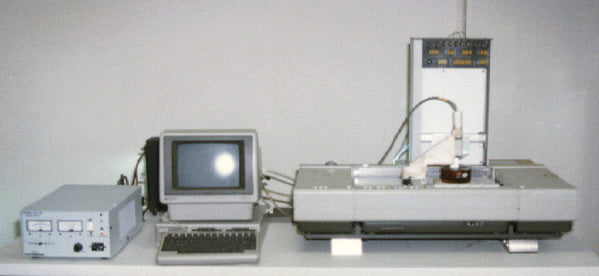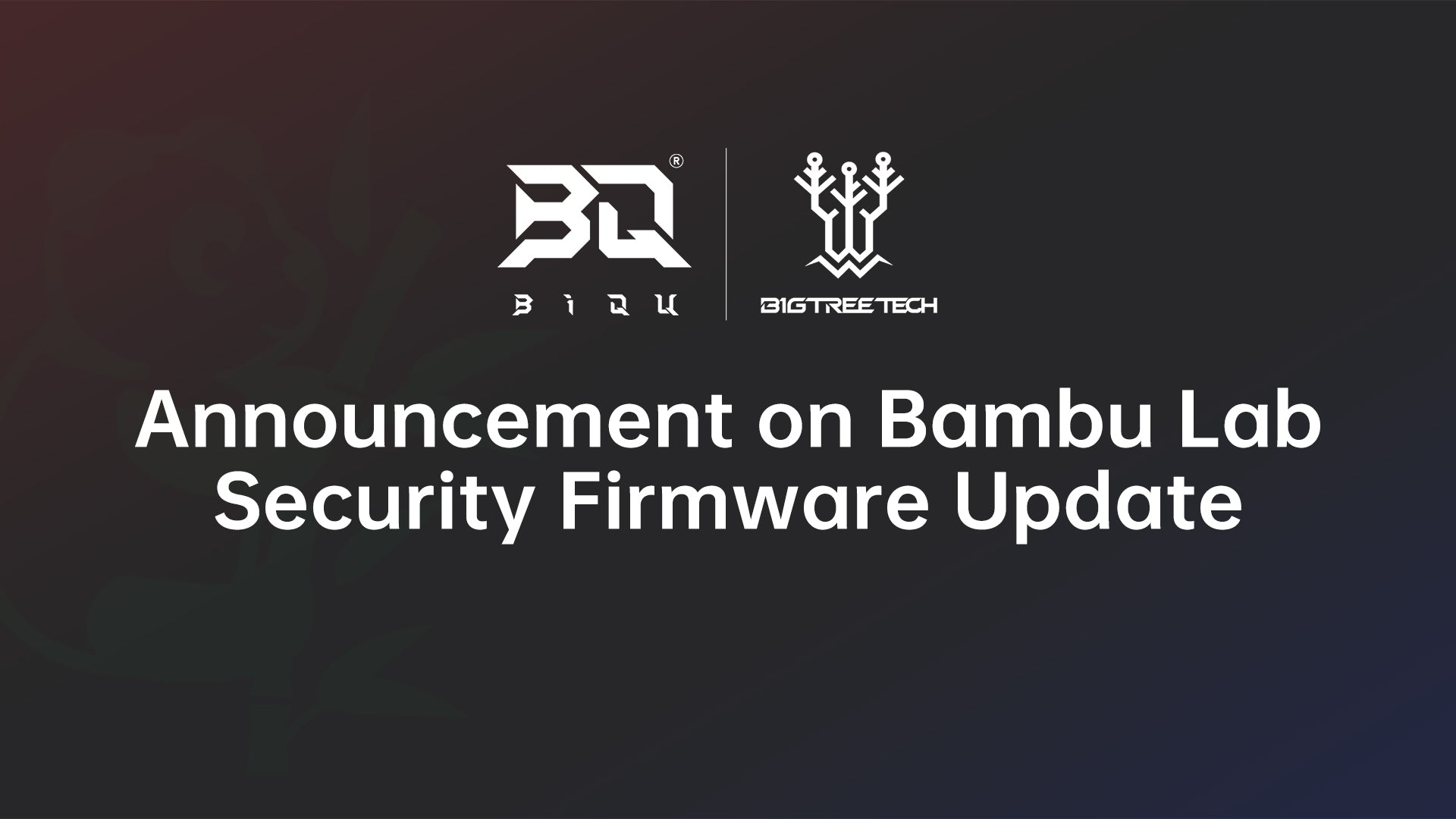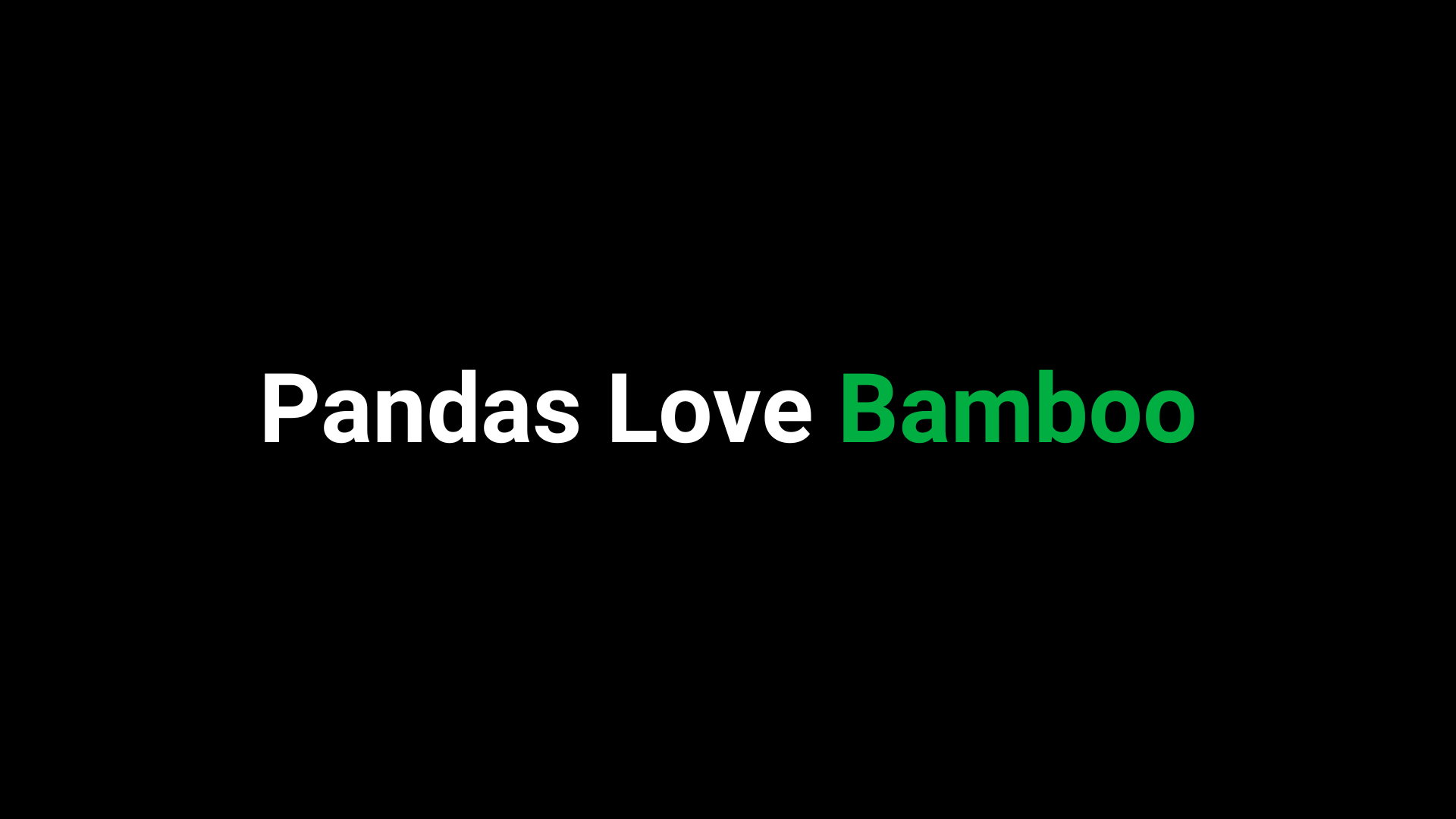What is 3D Printing? How to choose a 3D Printer?
3D printing, or additive manufacturing, is the construction of a three-dimensional object from a CAD model or a digital 3D model. 3D printing is a process of depositing, joining, or solidifying materials to create a three-dimensional object, which is under computer control. The materials could be composed of one or many substances (such as plastics, liquids, resin, and so on), typically molded layer by layer.

You may be curious about who invented this 3D printing technology, and when did it happen?
1) In 1945, the general concept and procedure in 3D printing were first described by Murray Leinster in his short story Things Pass By, “This constructor is both efficient and flexible. I feed magnetron plastics, and they make houses and ships.”
2) In 1971, Johannes F Gottwald gained the patent for Liquid Metal Recorder, a continuous Ink jet metal material device. It seems to be the first patent of 3D printing with rapid prototyping and control-on-demand manufacturing.
3) In April 1980, Hideo Kodama invented two additive methods for fabricating three-dimensional plastic models with a photo-hardening thermoset polymer.
4) In 1983, Chuck Hull, the founder of the 3D System, invented the first 3D printer in the world, the SLA printer, which officially marks the birth of the 3D printer.
5) In 1995, the Fraunhofer Society developed the selective laser melting process.
6) In 2010, 3D printing technology became very mature. It was used in the Aviation area, the first LEAP engine was invented.
7) In 2020, 3D printers allows most people to enter the world of 3D printing with high-cost performance. Among them, FDM and LCD printer are very popular among the public.

The world's first printer, created by Chuck Hull.
Knowing the history of 3D printing, let us explore its application of it

a) Fashion industry: 3D printing has entered the world of Film and comic animation figures area. And also could print jewelry, clothing, shoes, and glasses for the one who pursuing beauty ;
b) Food industry: People can print kinds of foods, such as chocolate, pasta, pizza, plant-based meat analogs, and even plan to create astronaut foods;
c) Transportation industry: In cars, trucks, and aircraft, Additive Manufacturing is beginning to transform fuselage design and powertrain design;
d) Education field: Students can build scientific equipment from open-source labs.
e) Medical field: 3D printing can be used for molding human bone and internal organs;
f) Cultural heritage: 3D printing has been intensively used in the cultural heritage field. People can preserve, restore and disseminate our damaged cultural brightness. Some traditional culture lovers can even DIY some cultural products in their homes by themselves.
g) Sanitation and environmental protection Industry: 3D printing has a great impact on people's lives. And it makes a profound contribution to reducing the energy consumption and greenhouse gas emissions of transportation.
Up to now, there are several sorts of 3D printers in the world. Here list of four sorts.
1) Fused Deposition Modeling (FDM): It is a method of additive manufacturing, using specialized filaments and squeezing them through a hot end, melting them to create an object layer by layer. It has a nice price and easy operation. Various printing materials you could choose and cloud server printing is supported. It is one of the widely used personal 3D printers. Even though its printing precision is not as high as industrial printers, suitable adjustment and polished will settle this matter.

From Scopigno R., Cignoni P., Pietroni N., Callieri M., Dellepiane M. (2017). "Digital Fabrication Techniques for Cultural Heritage: A Survey". Computer Graphics Forum 36 (1): 6–21. DOI:10.1111/cgf.12781.
FDM printing process
Schematic representation of the 3D printing technique known as fused filament fabrication; a filament a) of plastic material is fed through a heated moving head b) that melts and extrudes it depositing it, layer after layer, in the desired shape c). A moving platform e) lowers after each layer is deposited. For this kind of technology additional vertical support structures d) are needed to sustain overhanging parts
2) Liquid Crystal Display (LCD): It uses an LCD display module to project a certain light pattern, which is then used to cure the resin in the resin vat. Because this light can't be expanded, so you don't need to worry about pixel distortion. The expenditure on the components and resins is economical. And its function is nice for beginners. Its printing precision even can be mentioned with the DLP printer, but its printing size is a little small than it.

From Scopigno R., Cignoni P., Pietroni N., Callieri M., Dellepiane M. (2017). "Digital Fabrication Techniques for Cultural Heritage: A Survey". Computer Graphics Forum 36 (1): 6–21. DOI:10.1111/cgf.12781.
LCD printing process
Schematic representation of stereolithography; a light-emitting device a) (laser or DLP) selectively illuminates the transparent bottom c) of a tank b) filled with a liquid photo-polymerizing resin; the solidified resin d) is progressively dragged up by a lifting platform
3) Stereo lithography (SLA): It was the world's first 3D printing technology, invented in the 1980S. It takes a laser to cure liquid resin into hardened plastic. It can produce very high accurate and intricate parts, such as mouse and auto parts. But it has a high cost and strict requirements for its accessories.

By teamques10.
SLA printing process
a) Using the ultraviolet laser as the light source. b) the contour is controlled by rotating the refractor. c) the working method is from point to line to surface.
4) Digital Light Processing (DLP): It is one of the newest 3D printing technologies. It mainly uses micromirrors to digitally project objects, and to cure the entire layer at once, highly saving your time. But it will emit strong odors during the printing.

By Dong-geon, Kim, Sangmin Lee, Junesic Park, Jaebum Son, Tae Hoon Kim, Yong Hyun Kim, and so on.
DLP printing process
a) Expose a vat of liquid polymer to the light of a DLP projector under safe light conditions. b) The DLP projector displays the image of the 3D model on the liquid polymer. c) The liquid photosensitive resin is cured, the build plate is moved down, and the liquid polymer is again exposed to light. d) Repeat the process until the 3D model is complete.
How can I choose the fittest one? It may hit a point on you after you look at the following article. Go ahead!
According to the overall performance, including structure consumables, and printing quality, recommend that you learn more about the FDM Printer and the LCD Printer.
Pick an FDM Printer! (About BIQU BX FDM 3D Printer)
a) Structure: It owns 7-inch HD big Touch Display, and a 45° elevation angle ergonomic design, clearly showing the printing interface. Double Z-axis can multiply safeguard your model. And it is installed with a cool LED light, which is convenient for you to print at night.
b) Excellent operating system: Adopts 32 Bit 400MHz silent Motherboard, with STM ARM Cortex-M7 core, for faster computational processing. You can mold your likes without any annoying noise. There are three control modes, Marlin, BIGTREETECH, and RASPBERRY Pi, one-click to switch. With the assistance of Raspberry Pi firmware expansion, use Octoprint software to online monitor power input voltage and online photographic, as well as model slicing functions.
c) Affordable materials: PLA, PETG, TPU, TPE, ABS, and Nylon, these high-performance filaments may become your magic keys for your models. Now let me introduce the PLA material, then you will probably make a decision. PLA's diameter is 1.75mm, with matte touch. And it is made of eco-friendly materials, with fewer odors. Its well-package greatly averts tangling and wrapping conditions. It can bear 205-225℃ and support 40-80mm per second printing speed. Five color options, that is navy blue, olive green, black, white, and gray.
And the upgraded version you could get to know.
d) Printing quality: Using 7:1 dual gear lightweight and high-precision process extrusion, and double accurate 0.9° stepping motor, TMC 2226, making the printing level higher. Set an automatic leveling to let your printing more accurate. What's more, a high-quality heat bed, with good adhesion and flexibility, high anti-deformation, and proof-warping, can heat to 110℃ in 5 minutes.
e) Printing speed: It has abnormal electric protection of the heating rod, besides, it will immediately work again when the power is switched on after the outage. And self-detect the materials when the filaments are exhausted. And it is equipped with a super light H2 Extruder. Compare to other extruders on the market, especially the dual-head printer, which has high inertia in motion and is difficult to accelerate or decelerate, it must print at a slower speed to ensure precision. However, our H2 Extruder has a fantastic lightweight, it can easily solve this matter. These humanistic functions will guarantee and even improve your printing speed.
Another type you may like to know
It has a large build volume of 310*310*340mm, efficiently satisfying your printing hobby! Dual-cooling fan system may help your machine run safely and stably. Durable aluminum extruder and high-quality brass nozzle with inner surface Ra0.4 ensure smooth filament loading and retraction. Its maximum printing speed is 120mm per second, and printing accuracy is ±0.05mm/s, offering a pleasure printing experience for you!
Pick an LCD printer! (About BIQU Pixel L 3D Printer)
a) Gorgeous appearance and firm structure: Upgraded UI interface, which is succinct and generous. Designed with a warm red to give you the kindest regards. Besides, red light helps block ultraviolet rays into the machine when you don't intend to use it. The 4K Mono glass screen makes the printing more accurate. What's more, an all-metal body and double Z-axis can multiply safeguard your model, and it can rotate smoothly and with less friction. And the transparent flipping cover design is convenient to observe the printing process, saving your capacity, being easy to use, and being easy to store.
b) Printing quality: Precise platform structure design and auto-leveling, users don't need to adjust level manually, quicker and easier to utilize. However, for the sake of pursuing higher standers, we install a micrometer for some special needs, you could regulate it of your own will. And 5.5% High Light transmission rate and a 2000H long service life could bring you a nice printing experience. Besides, premium UV Light Source adds to the high contrast of parallel light edges, which can decrease diffuse reflection and better recognize image boundaries, so that to promote the printing precision.
c) Heating resin vat: Unique constant vat ensures excellent resin fluidity at low ambient temperature. You don't need to be concerned about the printing even in winter, and its printing quality is very high, superior to the other LCD printers. You could even adjust the vat temperature to whatever you want by a button. Moreover, auto-filling may save you lots of time. You could feed the resin into an extra bottle, avoiding frequently refilling materials, and increase your printing efficiency.
d) Large capacity: The machine volume is 296*300*563 mm, and the printing size is 196.704* 122.880*220 mm, which meets your various printing needs!
e) Safety guard: Excellent heat dissipation and air filtration (inner cooling fan+side cooling holes+PM2.5 filter) effectively lower the temperature to protect the parts and remove resin odor. It can also offer you healthy and environmental-friendly working surroundings. Power-off protection and professional CE&FCC certification provide you with a reliable guarantee.
Where Can I Get more Information?
3D printers are hot selling around the world. Here are the BIQU Community, and Download Center, where you can search about 3D printers' news or problems solution. If you have any questions, welcome to submit a request to our official website, we will soon settle your problem.
Community & Free 3D Model Files https://biqu3d.com/pages/community
Download the Firmware File https://biqu3d.com/pages/download
Submit a Request https://biqu3d.com/pages/submit-a-ticket
Now there are some general tips for you!
1) You could ask for some advice from a person whom you know, with a fund of professional 3D printer knowledge.
2) If you want to purchase BIQU products, welcome to view BIQU Store!
3) There are some labs, workshops, and maker spaces, where 3D printers are available for trial.
4) You should choose the fittest 3D printer on your own eventually. Considering your demands, work environments, and finances.
5) Whichever company or products you would like to select, please remember to know their sales service and technology support, and even the quality of the accessories and filaments, for they may be an expensive payment.
What's more
If you would like to learn more about the technique and trend of 3D printing and get first-hand information about our new arrivals or discount, you could subscribe to our newsletter!






